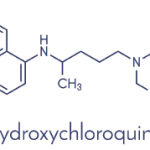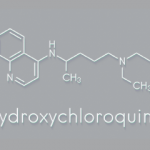“If you increase prednisone by 1 mg, organ damage goes up by 3%,” Dr. Petri said.
She noted the 2023 EULAR guidelines for SLE management recommend reducing glucocorticoids to a maintenance dose of less than, or equal to, 5 mg of prednisone per day and, when possible, withdrawing them.2
Final Points
The eighth pearl: Implement earlier introduction of immunosuppressive agents and/or biologics, particularly in patients unable to reduce glucocorticoid below doses acceptable for chronic use.
Mortality in SLE was the ninth point Dr. Petri wanted everyone to recognize. The average age of death in her Hopkins SLE cohort is 55 years, compared with an average life expectancy of 78.39 years in the general U.S. population.
Dr. Petri’s 10th and final pearl was to think about remission when treating SLE. Although Dr. Petri has avoided discussing remission in the past, she notes the evolution of novel biologic therapies in SLE, including belimumab and anifrolumab, have helped many patients achieve remission.
Bottom line: SLE treatment is rapidly evolving as new therapies are developed and approved.
Mithu Maheswaranathan, MD, is an assistant professor of medicine in the Division of Rheumatology at Duke University School of Medicine, Durham, N.C.
References
- Madanchi N, Fava A, Goldman DW, et al. Association between 25-hydroxyvitamin D levels and adverse pregnancy outcomes in systemic lupus erythematosus. Arthritis Care Res (Hoboken). 2025 Apr;77(4):432–439.
- Fanouriakis A, Kostopoulou M, Andersen J, et al. EULAR recommendations for the management of systemic lupus erythematosus: 2023 update. Ann Rheum Dis. 2024 Jan 2;83(1):15–29.

